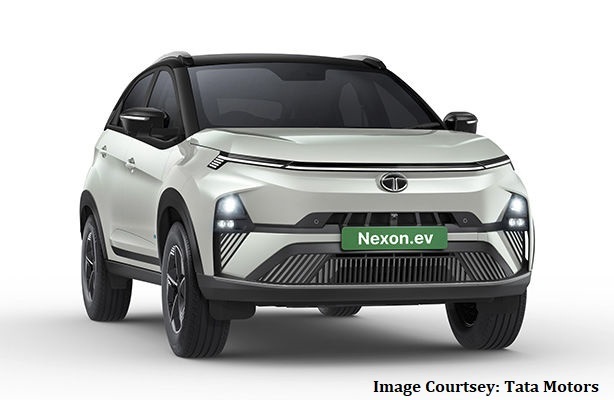
Tata Nexon.ev: The Best Value EV in India?
Tata Nexon received an update which has specifically focused on user experience in-line with high tech EVs.
Introduction
Since its introduction in 2020, the Nexon EV has proven to be a fun, desirable EV for those willing to embark on their EV journey. With a claimed ARAI range of 312 km for the Nexon Prime and 453 km for the Nexon Max, it was Tata’s first and India’s first practical EV for not a hefty premium. It received a major update in September 2023 and it aims provide an experience in-line with EVs sold globally with its tech, and new design language which will be seen on newer Tata products. Tata aims to personify the Nexon EV by referring to its new variants as personas mainly Creative, Fearless, and Empowered, in increasing order of price. The familiar Nexon EV Prime and Nexon EV Max have been renamed to Medium Range (MR) and Long Range respectively which are more mnemonic. The update makes the Nexon EV dearer with a starting price at Rs. 14.74 lakh ex-showroom ($17,729) for the entry-level MR Creative+ version to Rs. 19.94 lakh ex-showroom ($26,861) for the Long Range Empowered+ version. However, the new Nexon EV has unmatched user experience and excellent use cases for its equipment & tech, here is how.
Exterior
The changes to the front were made specifically for the Nexon EV to improve its aerodynamics and enhance its range. At the front, the Nexon receives a new face with day running lights (DRLs) at the top followed by the headlamps and the fog lamps below like the Punch and the Harrier. Further down, there are new vertical and diagonal elements in the lower half followed by vents at the sides to enhance its aerodynamics that aids in increasing its range marginally. However the most noticeable and most appreciated change is the new LED light bar running across the width of the front which is a segment first. This light bar which will be seen on newer Tatas, the updated Harrier and Safari are prime examples. The light bar serves as a functional element as well with a welcome and a goodbye animation, furthermore it shows the state of charge (SoC) when plugged-in like the Rivian R1S and R1T making it cool.
The side profile remains largely unchanged except for a new allow wheel design which is the same from its gasoline counterpart. The spoke design sports an aerodynamic design to enhance its efficiency. The ground clearance is the same as before 205mm and 190mm for MR and LR respectively. Moving to the rear, the taillights are now connected across the width of the car with arrow tail elements at both ends. The taillights may remind one of the i20 from the rear or the BYD Atto 3, however the design is distinctively Nexon and is an element which is carried over from the previous update. Despite the more modern elements, the overall design draws mixed opinions. However, car designs are subjective, and the more upmarket design will grow on people over time with a better perception of quality.
Interior
A higher perception of quality is most evident on the inside. The interior sports a new design with a dual tone dashboard, black on the upper half and beige on the lower half. There are new faux carbon fiber inserts between the top half and the lower half of the dash, and the inverse trapezoidal AC vents remain from the previous update in 2020 but are now slimmer and premium looking. The AC vents are reminiscent of the vents in the Mk. 1 BMW X3 which sported similar design in the middle followed by the touch sensitive buttons for the air conditioning. These buttons come at a time when manufacturers such as Volkswagen have decided to ditch touch sensitive buttons from the steering wheel and the dashboard as they are fidgety to use on the move and are to be replaced with physical knobs and switches with feedback from their customers and reviewers alike. Even the last generation Honda Jazz and Honda City sported similar touch-sensitive buttons for the air conditioning which were susceptible to scratches and fingerprints that made them a challenge to keep them spotless; however they were replaced on the 5th generation Honda City with physical buttons and knobs, and the Jazz got discontinued. Although the controls for temperature control and fan speed are physical toggle switches which is what makes it different from the previous controls on the 4th gen City and Jazz, the assurance from using physical buttons are unmatched as one can easily access them on the move compared to touch sensitive buttons where one may have to take their eyes off the road to ensure they have pressed the right button. There is a brand new gear selector and a dedicated knob for the three drive modes mainly- Eco, City, and Sport. There is a new leatherette, perforated seat upholstery that makes the cabin feel more upmarket, plus the front seats come with seat ventilation which will be a boon in our hot weather. However, the most striking changes are to the steering wheel with fully digital 10” instrumentation cluster, and the new 12” infotainment screen.
There is a brand new dual-tone, four-spoke steering wheel with the illuminated Tata logo at the center. The steering wheel design is reminiscent of the unit in a Range Rover which makes it feel more upmarket. However, the beige upholstery on the dual-tone steering wheel susceptible dirt given our conditions, and it remains to be seen how it will fare with more usage. There are now dedicated paddle shifters behind the steering wheel to adjust the regen on the move something that can be seen on luxury EVs such as the Audi Q8 e-tron. Again the buttons on the steering wheel are touch-sensitive along with physical toggle switches to swipe through different menus on the new 10.25” digital instrument cluster that replaces the previous part-digital cluster on the previous Nexon. Furthermore, the new unit is customizable and can now display Google Maps from your phone which is a boon and removes the inconvenience of holding your phone while using maps. There is also an addition of a brand new 12.3” infotainment screen which is a big step-up from the previous 7” unit. Although the 12.3” unit is only available on the top-spec Empowered persona, and the lower Fearless and Creative personas get 10.25” and 7” units respectively. The 12.3” unit has wireless Android Auto and Apple CarPlay, and the Arcade.EV app where users can play games, and hosts streaming apps such as Netflix, Disney Hotstar, and Amazon Prime Video to catch up on the latest shows and movies while charging. The Arcade.EV app works only when the car is stationary and does not work on the move to avoid distraction. The Arcade.EV app maybe a trick out of Tesla’s book, however it does help enhance the user experience in line with global EVs and is especially convenient to keep the kids occupied while charging, brownie points to Tata Motors here.
While there is greater perception of quality overall, there are some notable pitfalls for instance the 12V socket, USB-A, and 45W USB-C ports are placed in front of the gear selector inside a small cubby hole which is tricky to access. There is an absence of cup holders on the center console where most of the space if taken up by the gear selector, the drive mode selector, and the wireless phone charger which could have been handy to place a favorite beverage. Having a slide out cupholders below the AC vents or make room for a dedicated cupholders on the console what Tata should be looking to add in the next update. Moving to the rear bench, the most notable change is the addition of AC vents at the rear with a 45W USB-C port below. The boot remains largely unchanged at 350 liters and comes with a full-size steel spare wheel underneath which will come in handy. Despite the pitfalls, the cabin feels more upmarket with new tech that is normally associated with high-tech EVs.
Powertrain: Hardware & Firmware
The hardware sees some changes starting with a brand new permanent magnet synchronous electric motor, mounted on the front axle. It is 20 kg lighter from the previous motors and uses 30% less rear Earth materials. Despite the previous 30kWh and 40.5 kWh LFP, have been carried over from the previous car, the range sees a 12 km bump and now stands at 325km for the MR and 465km for the LR credited to the new low-resistance wheels, and more aerodynamic front. The torque figure is the same across the range which is down to 215 Nm on both the LR and MR version to enhance drivability. Although the torque figures are down, there has been an uptick in the naught to 100 kmph sprint, up from 9.3 seconds from the EV Max to 8.9 seconds for the LR and from 9.9 seconds for the EV Prime to 9.2 seconds for the MR. It is speculated that Tata Motors reduced the torque figure to improve drivability by making power delivery linear. However the power figure remains the same at 127 hp and 143 hp for the MR and LR respectively which identical to the previous Nexon Prime and Nexon Max. Lastly, changes to the firmware are limited to tweaks to the algorithms for effective charge management and better battery temperature regulation.
As for charging capabilities, the Nexon EV takes 56 minutes on a 50kW DC fact charger to charge from 10-80% state of charge (SoC). The MR Nexon takes 4 hours 18 minutes to charge from 10-100% SoC on a 7.2kW Level-2, AC fast charger, and the LR Nexon takes 6 hours to top up the battery from 10% SoC on the same charger. On a 15A socket, the MR can charge from 10-100% SoC in 10.5 hours, and the LR will take 15 hours to top up from 10% SoC. Both the Nexon MR & LR come with a portable charging cable and a wall box charger as standard. However the 7.2kW AC wall box charger will be standard on the LR Nexon due to the bigger battery pack, and the 3.3kW unit will be standard on the MR Nexon. Buyers wishing to opt for the 7.2kW unit will have to shell out extra and one may not need it depending on their usage. As for the charging connector, the CCS Type-2 connector does duty for Level-3 DC-fast charging, and Mennekes for Level-2 and Level-1 charging port remain the same from the previous car.
The added functionality is the Vehicle-2-Vehicle (V2V) and Vehicle-2-Load (V2L) charging capabilities available on the Hyundai Ioniq V are a segment first. The car can run electrical appliances and can serve as a power bank to charge other devices at 3.3kVA (kilo-Volt-Amperes). Furthermore it can charge other vehicles in emergency situations at 5.5 kVA (kilo-Volt-Amperes) for compatible vehicles, and at 3.3kVA for non-compatible EVs. The V2V and V2L functionality are only available on the LR version and one will have to shell out extra for the V2L adaptor, which is slotted into the car’s charging connector, as it does not come as it does not come standard with the car.
Should I buy one?
The user experience is the main highlight of the Nexon EV with a host of features mainly the connected light bar up front which shows the SoC while charging, the new 12.3” touchscreen with the Aracde.ev app, the 10.25” digital instrument cluster, and V2V and V2L charging capabilities. These features help elevate the Nexon EV’s user experience and bring it on par with global EVs. Furthermore there is a better perception of quality with the new dual-tone steering wheel, new leatherette seats, and dual tone interiors. Although Tata Motors may reference the Nexon EV as a Generation 1.5 product, it feels more than a mere ICE to EV conversion. To sum up, the Nexon EV has managed to distance itself from its competitors, mainly the Mahindra XUV400 and MG ZS EV, and does it remain the best value for your buck? Yes, you should go right ahead and buy it as it offers the best value for your buck in the burgeoning EV segment with a user experience that will be unparallel for some time to come.
For any inquiries or suggestions regarding the content, please feel free to reach out to us at jash@evlane.net

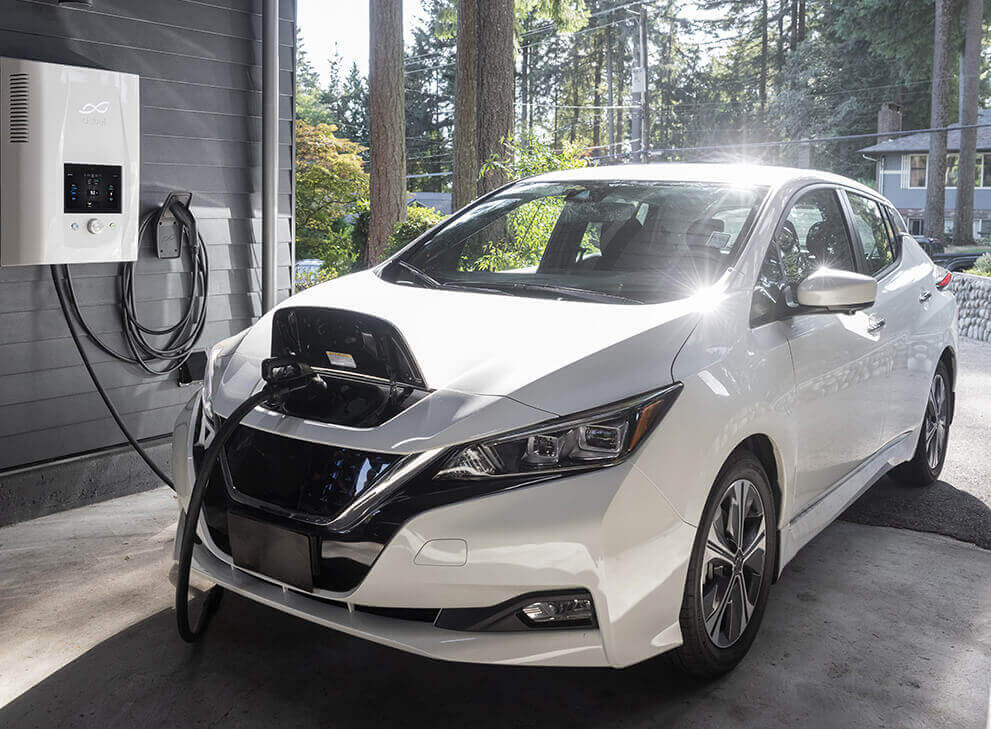

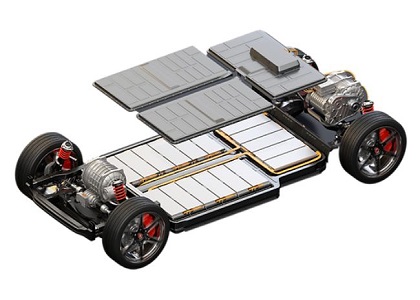
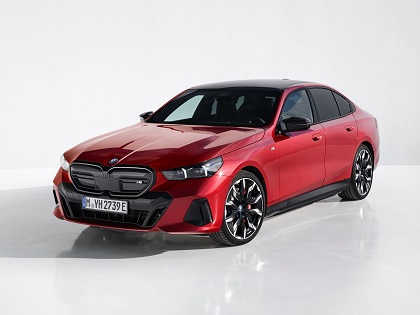
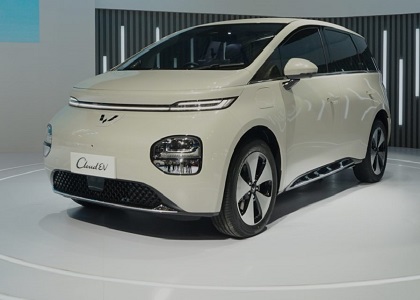
January 09, 2024
Category: